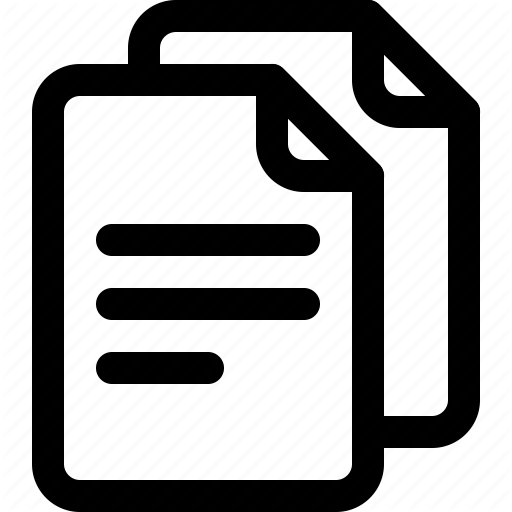PRIMAcryl® Professional - Finest Artists’ Acrylic Colours, Series 13
PRIMAcryl Professional is a premium artist acrylic colour that offers a modern and extensive range and was extensively revised in 2025.
- 90 colours in versatile containers
- 17 new colours
- 89 colours without animal based ingredients
- Innovative, microplastic-free binder
- Jars and bottles made from recycled plastics
- Cadmium-free, colouristically identical alternatives for all cadmium colours
- Titanium white: unrivalled in terms of pigmentation, opacity and coverage
- exclusively 4 and 5 stars lightfastness
- Almost no colour shift between wet and dry colours
- Extensive range of acrylic mediums
- Great variety of containers in two consistencies:
- 90 colours in 60 ml tubes,
- 60 colours in 35 ml tubes,
- 48 colours in 150 ml tubes and 237 ml jars,
- 48 colours also as fluid in 250 ml bottles,
- Titanium white as 474 ml jar, as well as fluid in 500 ml bottle
Brilliant colour variety
The superior pigmentation and the fact that 2/3 of all colours are even single-pigment colours provide a brilliance that is second to none. Another advantage: there is almost no colour change between wet and dry paint. Titanium white, known for its high pigmentation, opacity and yield, remains unsurpassed among the white colours for mixtures. Highest resistance and lightfastness of 4 and 5 stars only are another feature of this professional acrylic colour.
Sustainability in focus
The binder used in PRIMAcryl Professional is produced in a sustainable process: It is not extracted from mineral oil, but produced almost entirely from ‘end-of-use’ plastics (e.g. old car tyres) or plant remains. Compared to the classic ‘petroleum process’, only a minimal amount of CO2 is released. At the same time, competition with food farming is avoided by not using plant-based resources grown specifically for this purpose.
Bottles and jars are made from recycled plastics. 89 colours are vegan, only ivory black (PBk 9) contains animal ingredients. Environmentally friendly cadmium alternatives (e.g. ‘cadmium yellow hue’) complement the original cadmium colours. Titanium white impresses with maximum pigmentation, opacity and coverage.
An extensive range of acrylic mediums completes the range.
If you are looking for information on the old PRIMAcryl (before 2025), you can click here.
Trusted quality - carefully refined
Schmincke represents the highest quality and well-proven formulations that are appreciated by artists worldwide. Nevertheless, occasional adjustments may be necessary - whether due to the further development of our products or the availability of pigments and raw materials. Our claim remains unchanged: To continuously offer you the best artists' colours.
Information on current product adjustments are available here.
PRIMAcryl Professional in two consistencies: paste-like and fluid
The paste-like, highly viscous consistency of PRIMAcryl Professional guarantees excellent workability with high flow resistance, making it perfect for raised contours, paste-like structures, and spatula techniques. Due to the extremely high solid content, elastic and contour-stable drying with only minimal shrinkage is guaranteed. PRIMAcryl Professional Fluid, with its lower viscosity (at the same pigmentation!), is significantly more fluid and is therefore perfect not only for applying large areas but also for painting flowing and flat textures.
PRIMAcryl® Professional - Colour chart
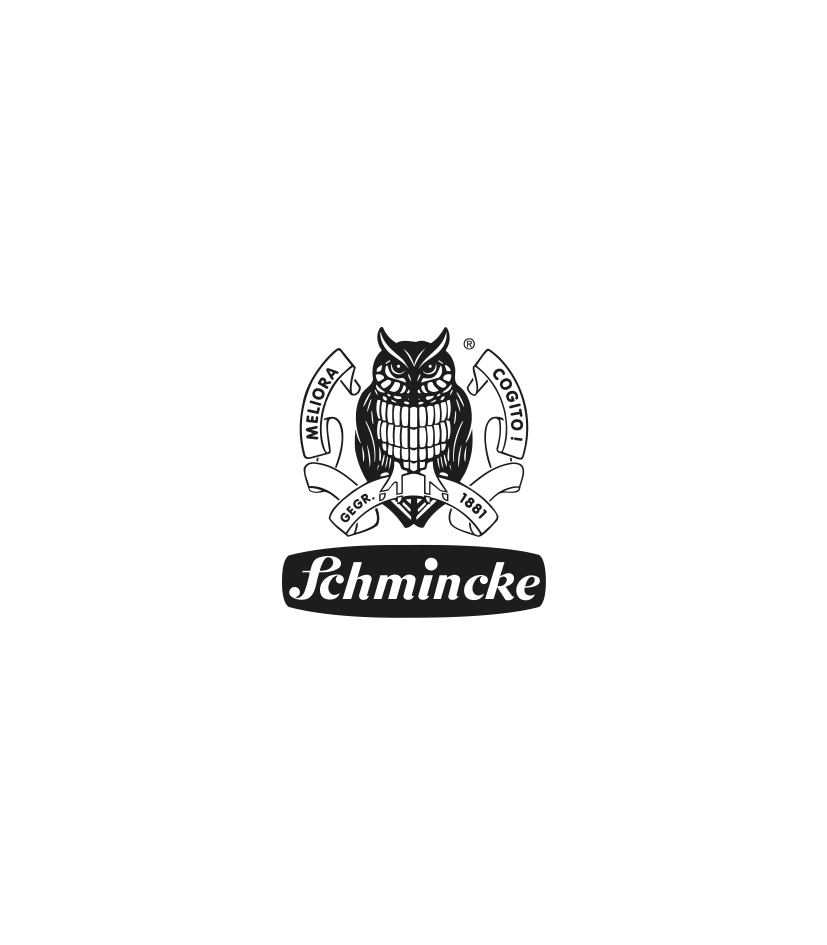



Perfect for lightening multicoloured shades. Semi-transparent alternative for titanium white (opaque).


Perfect for lightening multicoloured shades. Semi-transparent alternative for titanium white (opaque).




Pure, brilliant white with maximum opacity and tinting power.


Pure, brilliant white with maximum opacity and tinting power.




White with minimal lightening and colour change when mixing. Without a blue tint in red mixtures. Grayish in full tone.


White with minimal lightening and colour change when mixing. Without a blue tint in red mixtures. Grayish in full tone.




Unbleached, highly opaque titanium dioxide. The colour is a dull beige.


Unbleached, highly opaque titanium dioxide. The colour is a dull beige.




A soft yellowish white tone. Originally derived from ground ivory. Today, it is synthetically recreated without any animalderived ingredients.
*new colour number 2025, previously “786”.


A soft yellowish white tone. Originally derived from ground ivory. Today, it is synthetically recreated without any animalderived ingredients.
*new colour number 2025, previously “786”.




Pale greenish yellow comparable to original lead-tin yellow.


Pale greenish yellow comparable to original lead-tin yellow.




Brilliant, green-tinted basic yellow. In combination with phthalo blue cyan (439) ideal for mixing a brilliant, semi-opaque green range.


Brilliant, green-tinted basic yellow. In combination with phthalo blue cyan (439) ideal for mixing a brilliant, semi-opaque green range.

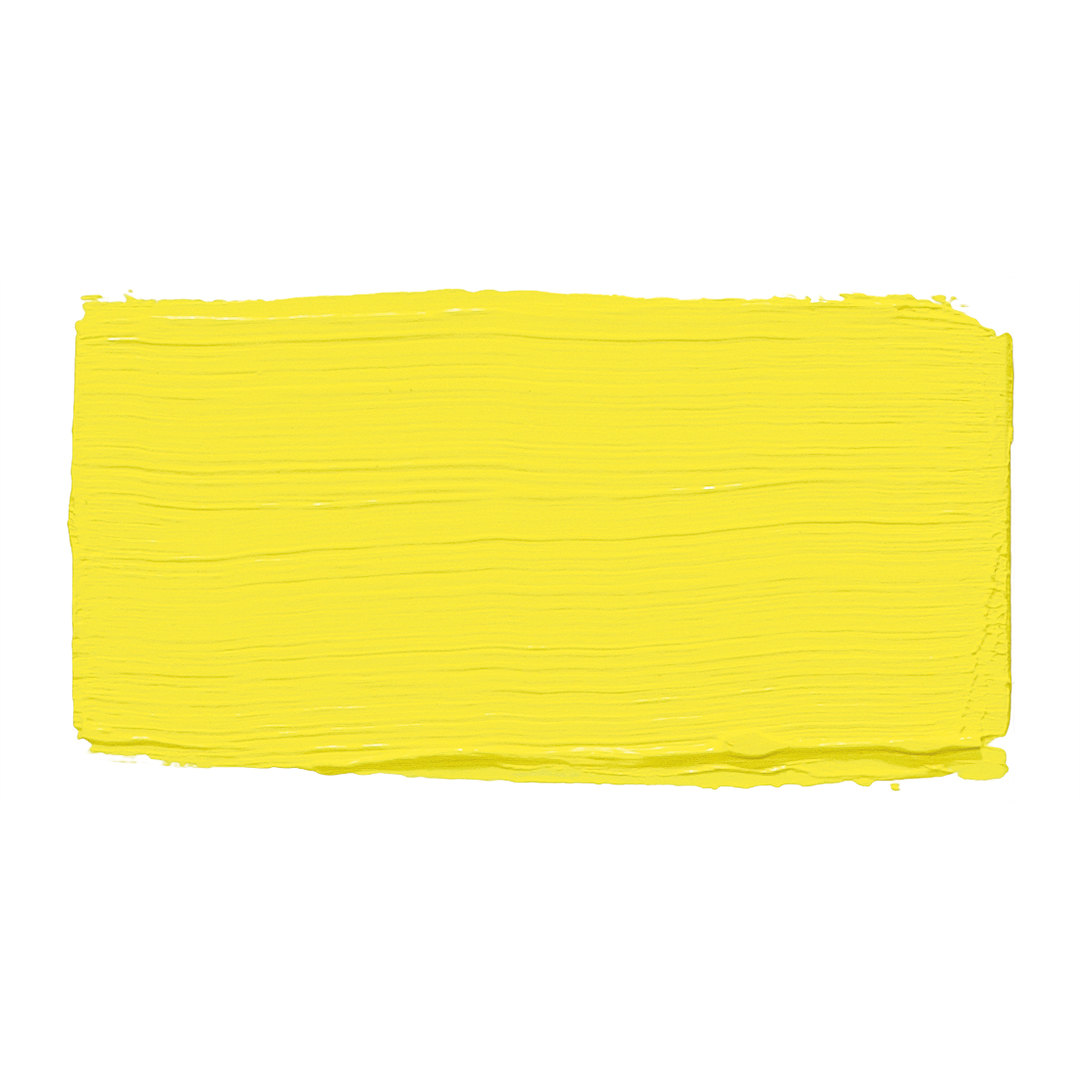


Brilliant yellow with a greenish tinge based on an inorganic pigment with high tinting power. Good mixing properties with Phthalo blue cyan (439), produces clear, brilliant and opaque green tones.


Brilliant yellow with a greenish tinge based on an inorganic pigment with high tinting power. Good mixing properties with Phthalo blue cyan (439), produces clear, brilliant and opaque green tones.

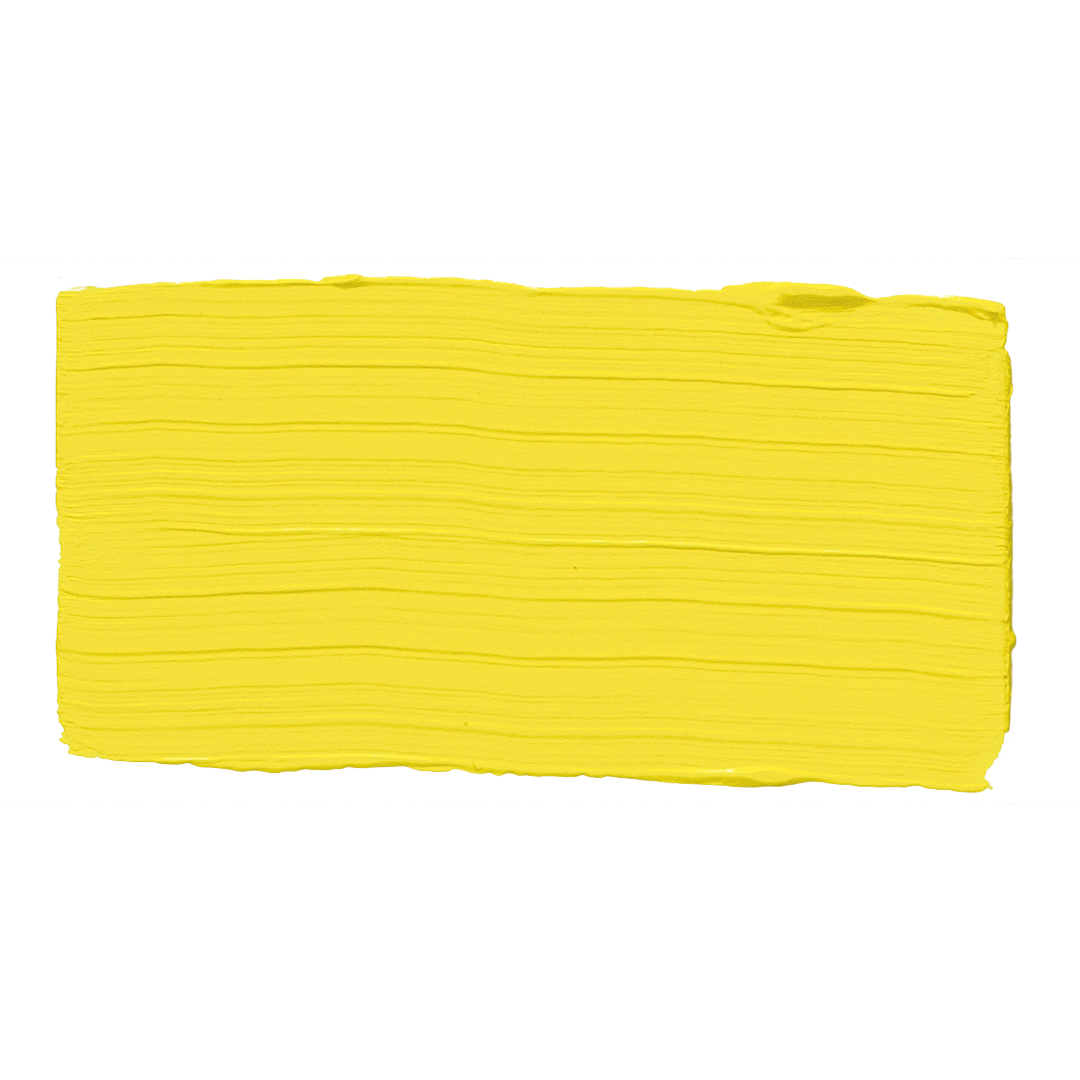








A greenish and highly saturated imitation of Cadmium yellow light (207).


A greenish and highly saturated imitation of Cadmium yellow light (207).

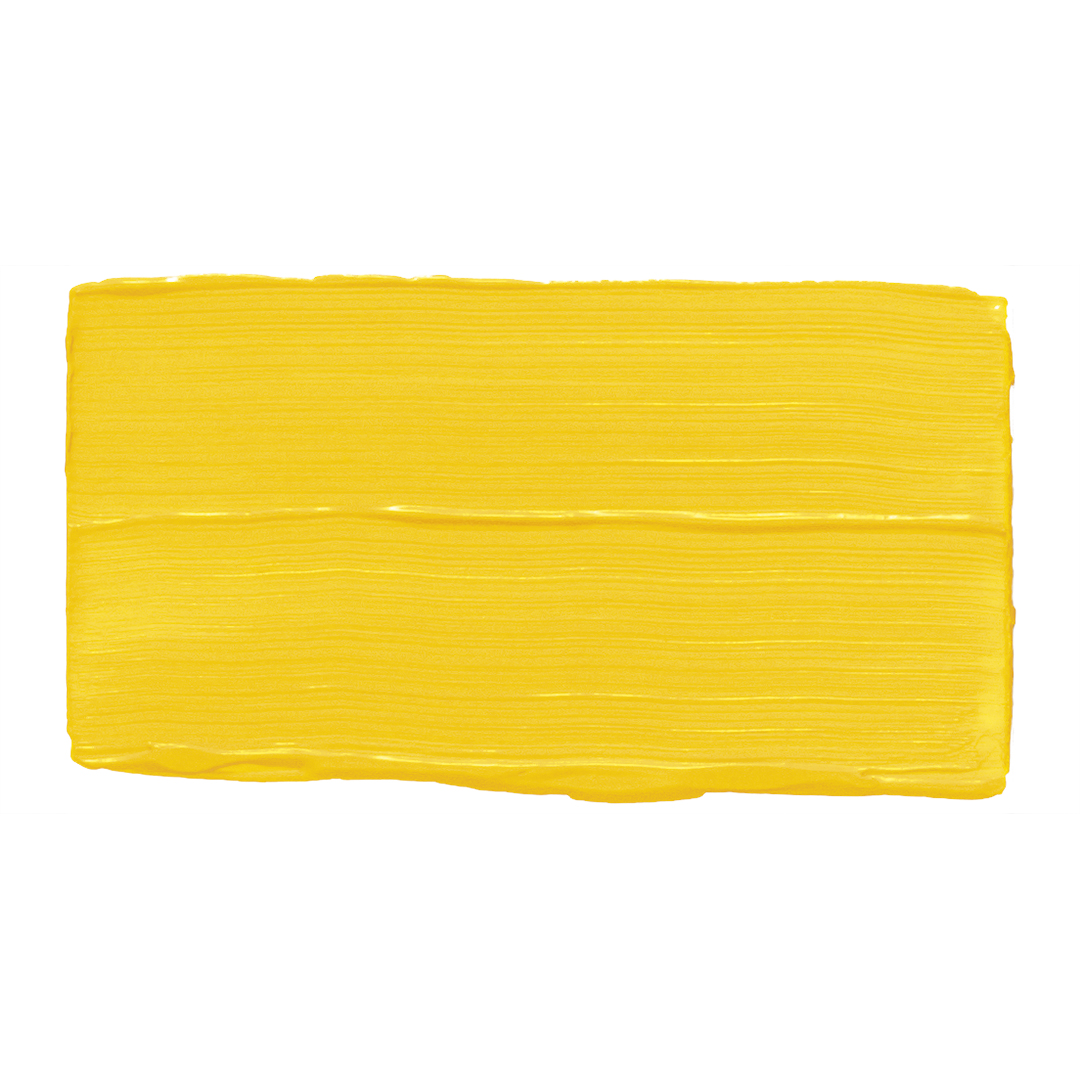


Pure, warm yellow. Great for lightened pure yellow and green shades.


Pure, warm yellow. Great for lightened pure yellow and green shades.

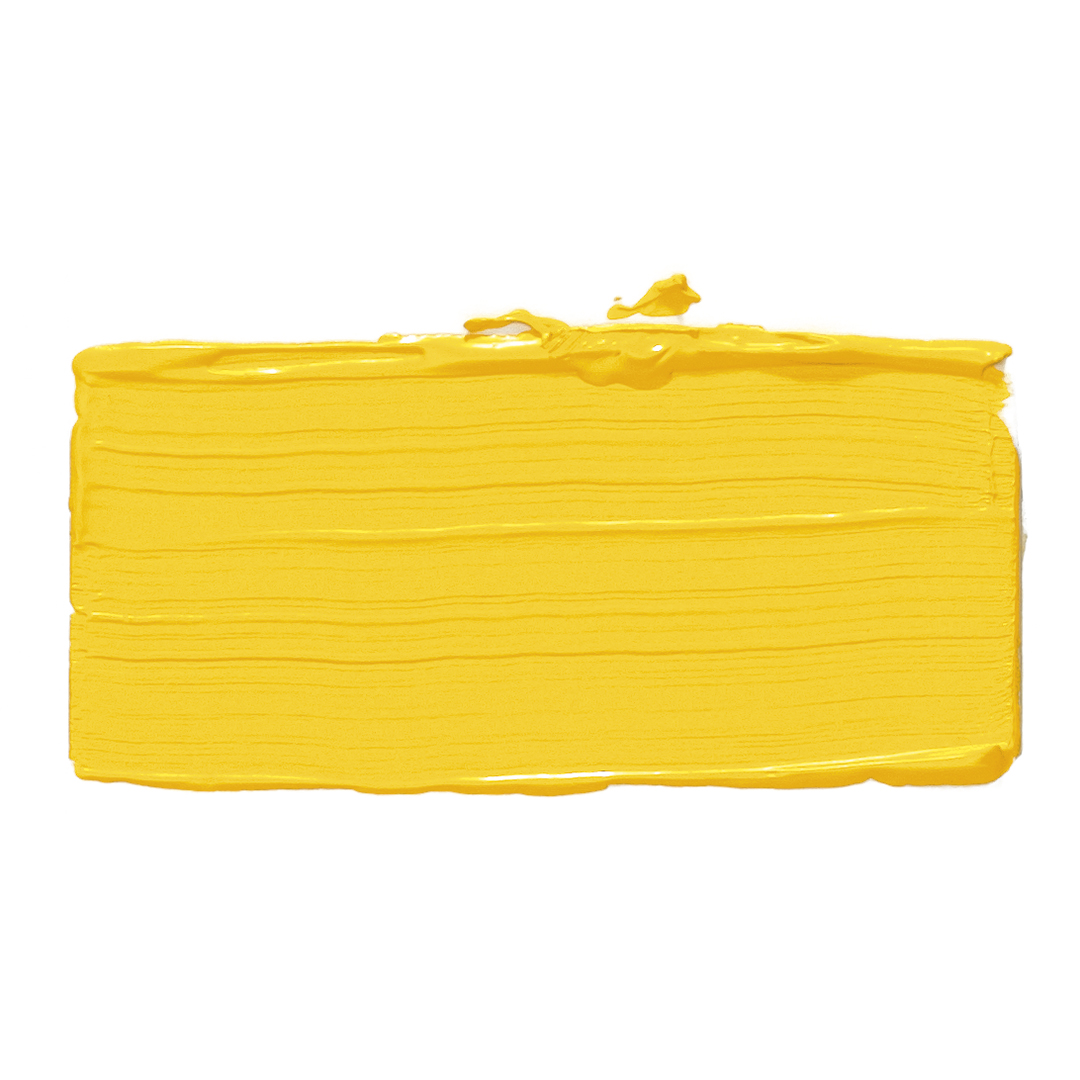


Brilliant, red-tinted basic yellow. Mixes well with Cadmium red light (317) to produce opaque orange tones.


Brilliant, red-tinted basic yellow. Mixes well with Cadmium red light (317) to produce opaque orange tones.




A reddish and highly saturated imitation of Cadmium yellow medium (211).


A reddish and highly saturated imitation of Cadmium yellow medium (211).

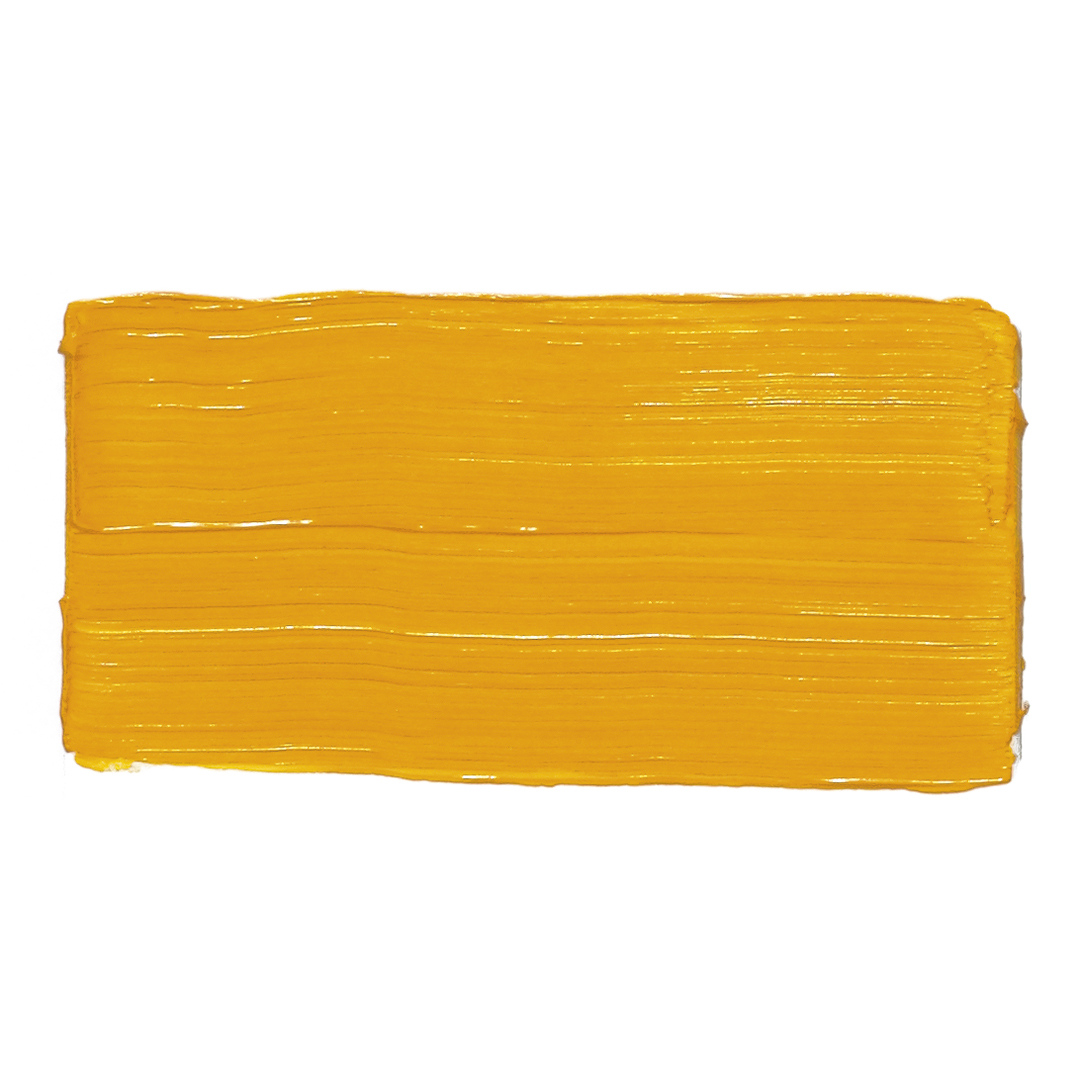


Translucent orange-yellow colour. In former times it was produced in India from the urine of cows which were fed with mango leafes. This colour is now recreated synthetically.


Translucent orange-yellow colour. In former times it was produced in India from the urine of cows which were fed with mango leafes. This colour is now recreated synthetically.










A yellow-orange, highly saturated imitation of Cadmium yellow deep (213).


A yellow-orange, highly saturated imitation of Cadmium yellow deep (213).
















A highly saturated imitation of Cadmium Orange (214).


A highly saturated imitation of Cadmium Orange (214).







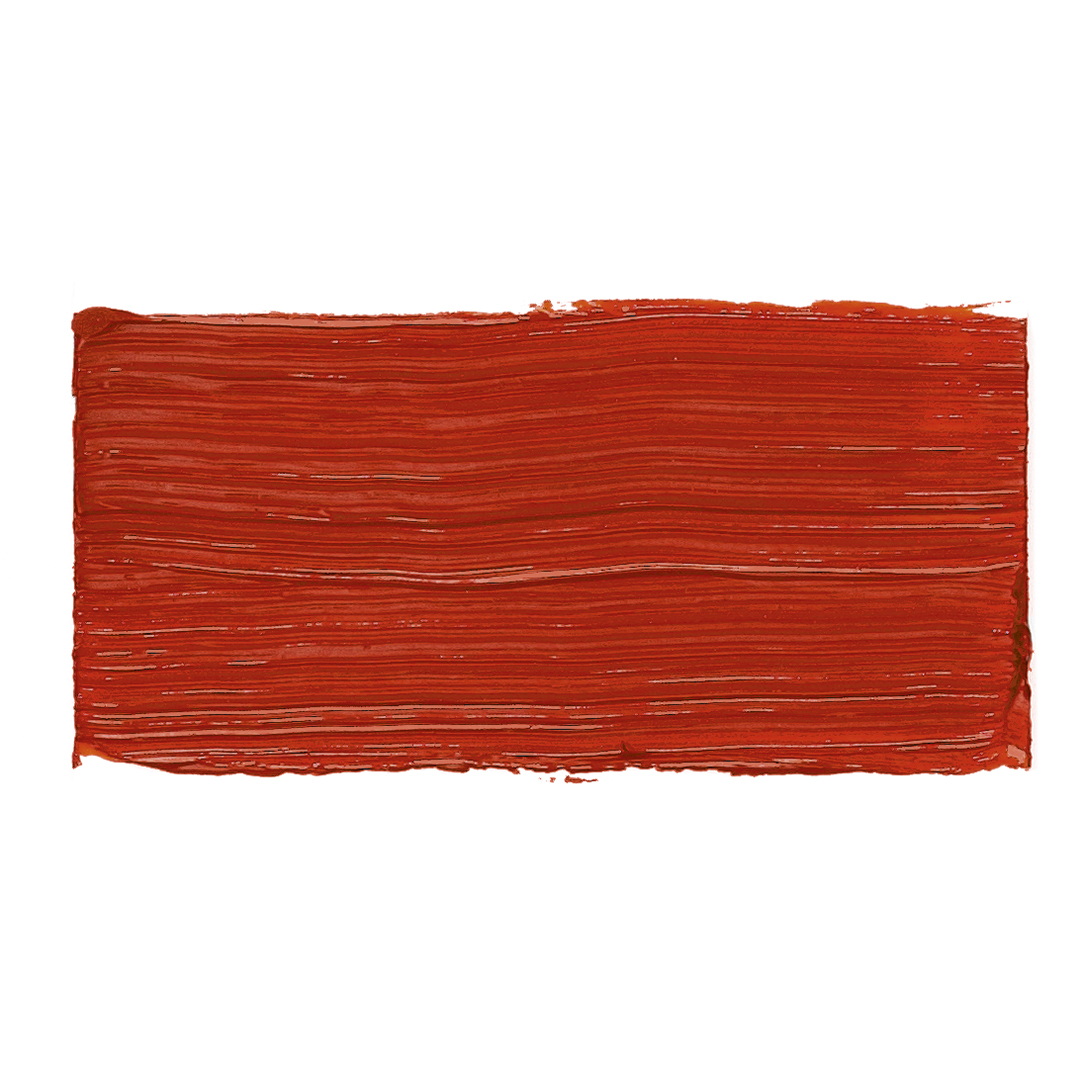


Glowing, transparent orange similar to poppy red.
*2025 renamed colour; previously known as “transparent orange”


Glowing, transparent orange similar to poppy red.
*2025 renamed colour; previously known as “transparent orange”




Deeply coloured, yellowish base red. With Cadmium yellow medium (211) ideal for mixing an opaque orange series.


Deeply coloured, yellowish base red. With Cadmium yellow medium (211) ideal for mixing an opaque orange series.




A highly saturated imitation of Cadmium red light (317).


A highly saturated imitation of Cadmium red light (317).




Bright, fiery red colour. Reproduction of the originally used mineral mountain cinnabar.


Bright, fiery red colour. Reproduction of the originally used mineral mountain cinnabar.




Deeply coloured, yellowish base red. With Cadmium yellow medium (211) ideal for mixing an opaque orange series.
*2025 renamed colour; previously known as “Madder brilliant”.


Deeply coloured, yellowish base red. With Cadmium yellow medium (211) ideal for mixing an opaque orange series.
*2025 renamed colour; previously known as “Madder brilliant”.










A highly saturated imitation of Cadmium red medium (320).


A highly saturated imitation of Cadmium red medium (320).




Brilliant red, not as radiant as Pyrrole red dark (323).


Brilliant red, not as radiant as Pyrrole red dark (323).




A highly saturated imitation of Cadmium red deep (322).


A highly saturated imitation of Cadmium red deep (322).




A deep, radiant red. Intense and vibrant colour power.


A deep, radiant red. Intense and vibrant colour power.




Deeply coloured, yellowish base red. With Cadmium yellow medium (211) ideal for mixing an opaque orange series.
*2025 renamed colour; previously known as “Ruby”.


Deeply coloured, yellowish base red. With Cadmium yellow medium (211) ideal for mixing an opaque orange series.
*2025 renamed colour; previously known as “Ruby”.
















Translucent blue-tinted basic red. Mixtures with Ultramarine blue (433) produce brilliant, transparent violet tones.


Translucent blue-tinted basic red. Mixtures with Ultramarine blue (433) produce brilliant, transparent violet tones.










Magenta is one of the three primary colours of the subtractive colour model.


Magenta is one of the three primary colours of the subtractive colour model.




Cool, intense violet hue. In mixtures, it creates delicate blue-greys.


Cool, intense violet hue. In mixtures, it creates delicate blue-greys.
















Deep, midnight blue with strong tinting power. Lightfast imitation of the original indigo.


Deep, midnight blue with strong tinting power. Lightfast imitation of the original indigo.

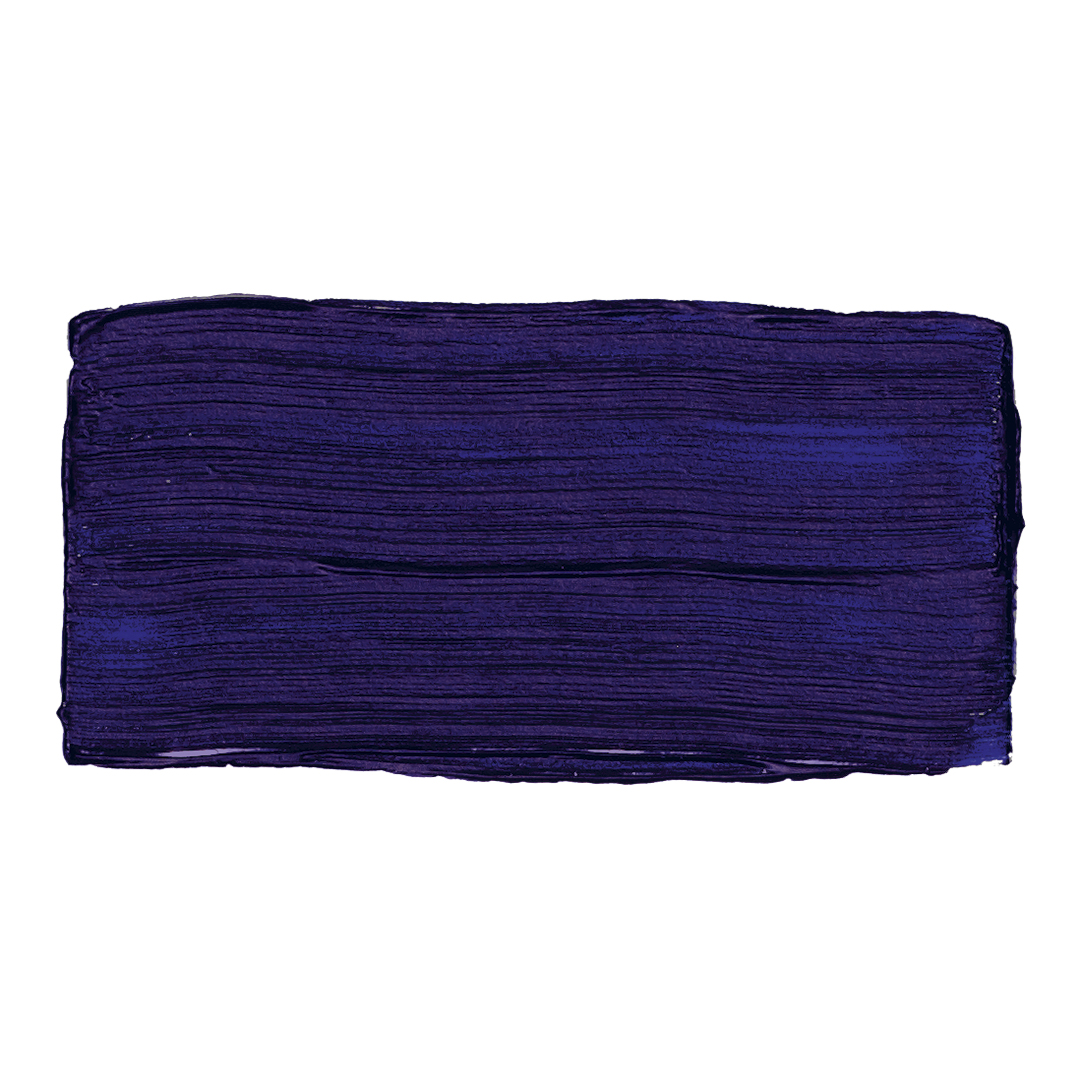


Finely transparent, red-tinted blue. Very deep full colour due to hight tinting power.
*2025 renamed colour; previously known as “Delft blue”.


Finely transparent, red-tinted blue. Very deep full colour due to hight tinting power.
*2025 renamed colour; previously known as “Delft blue”.




Pure basic blue with a reddish tinge. Mixtures with Quinacridone magenta (326) produce brilliant, transparent violet tones.


Pure basic blue with a reddish tinge. Mixtures with Quinacridone magenta (326) produce brilliant, transparent violet tones.

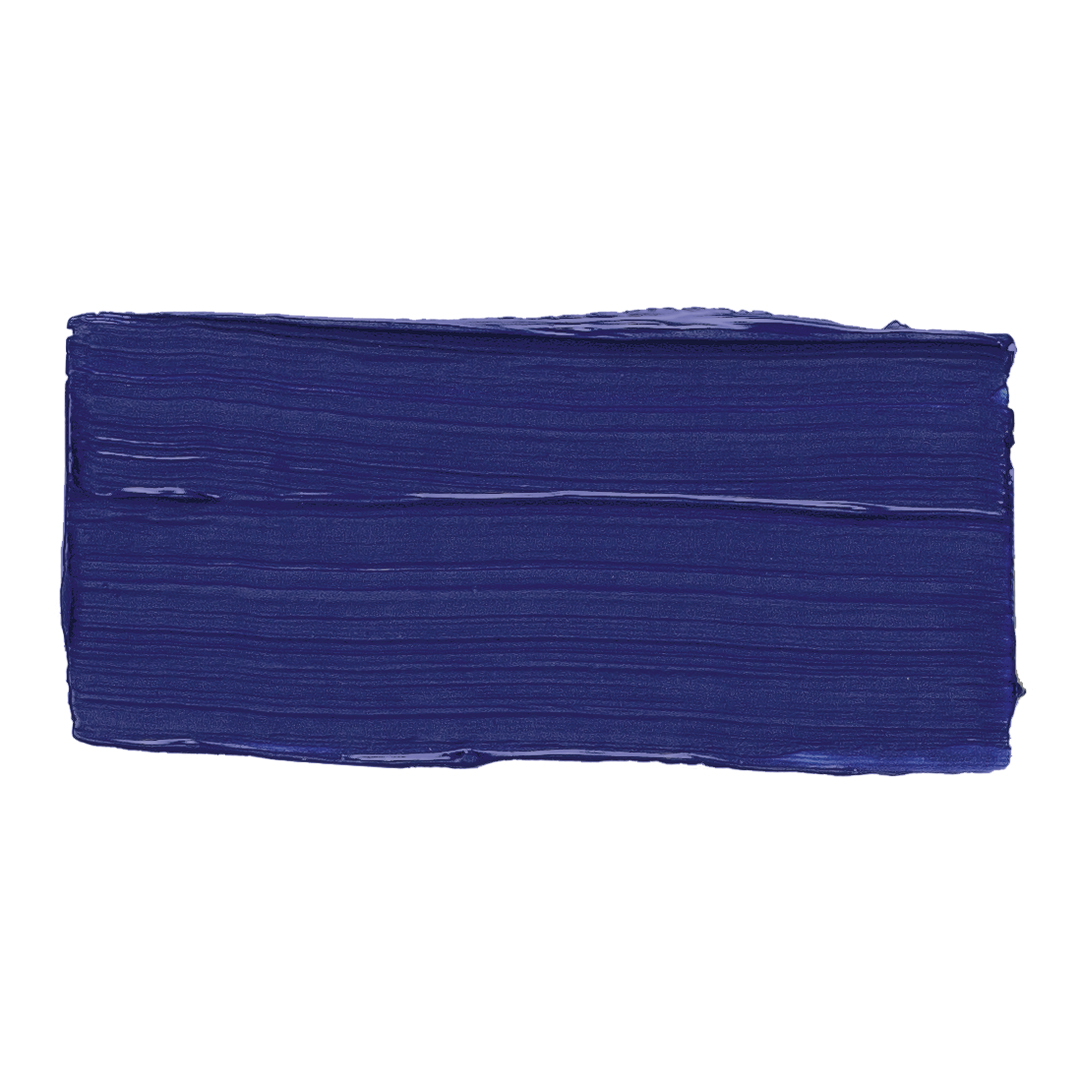


Deeper and more reddish than Cobalt blue light (435).


Deeper and more reddish than Cobalt blue light (435).

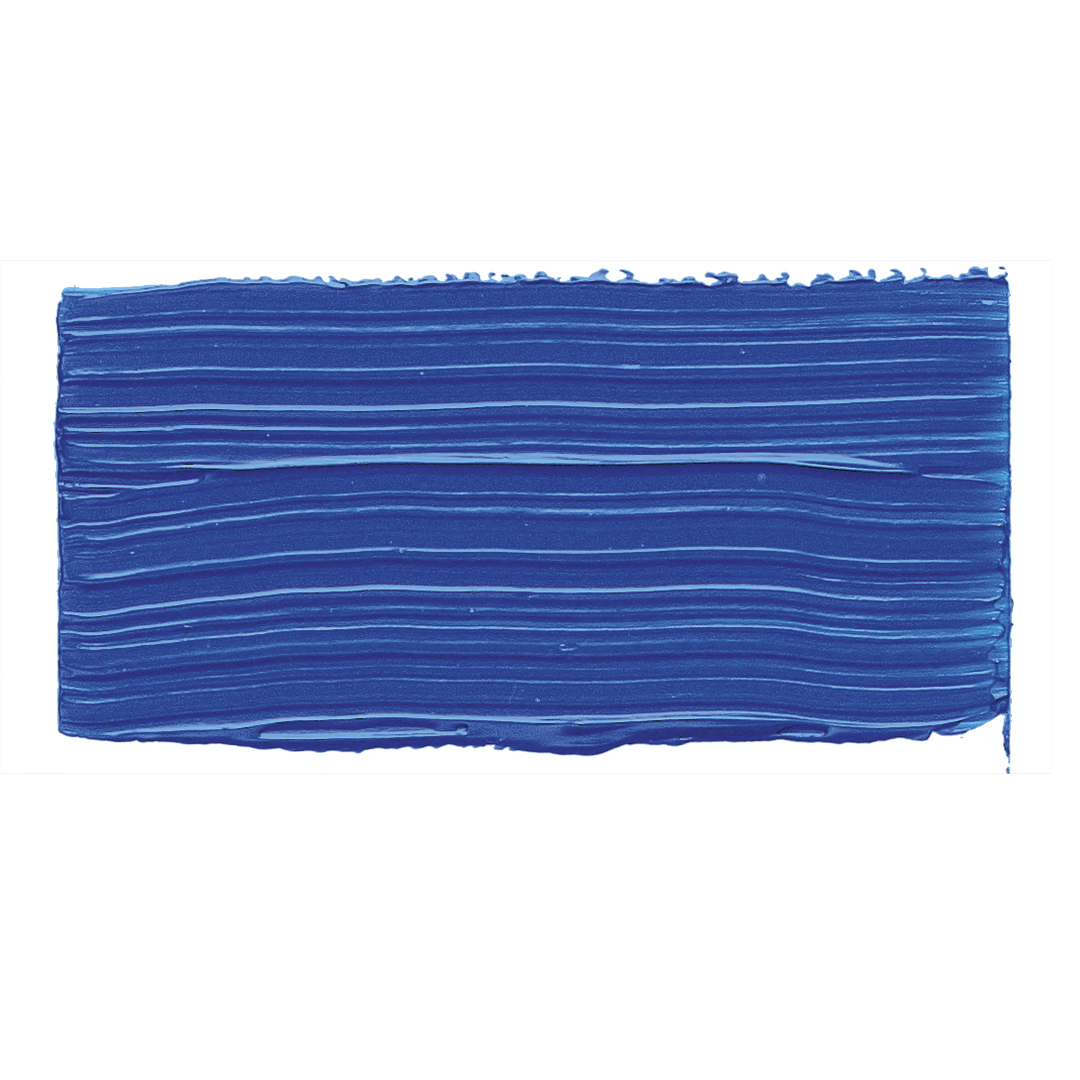


Clear blue; very good base for blue sky colours.


Clear blue; very good base for blue sky colours.







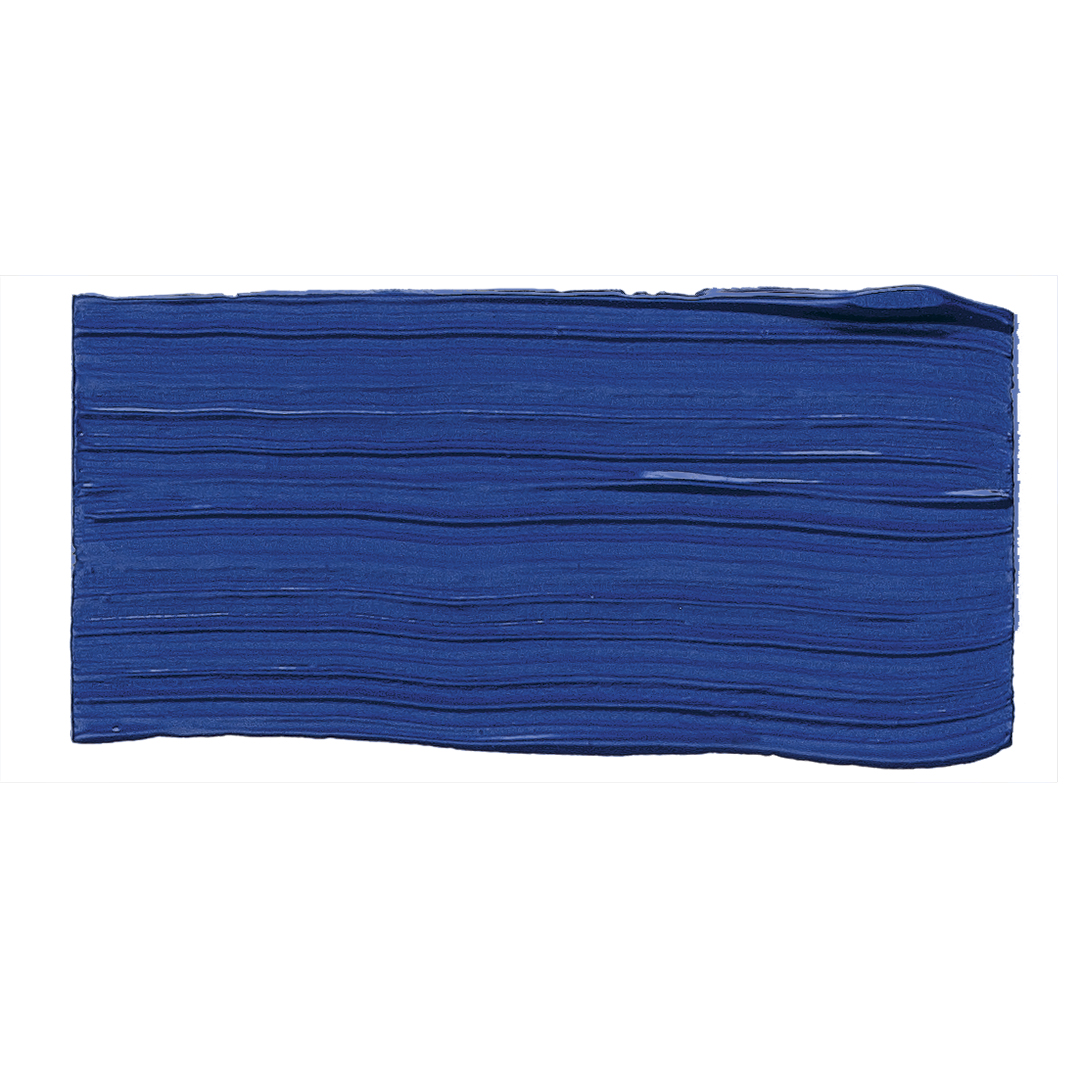


Inspired by the deep blue tones of the Middle East, originally made from lapis lazuli and smalt, now produced synthetically.


Inspired by the deep blue tones of the Middle East, originally made from lapis lazuli and smalt, now produced synthetically.




Transparent basic blue. Brilliant, semi-opaque green shades can be obtained by mixing with Hansa yellow lemon (205). Mixtures with Quinacridone magenta (326) produce brilliant, transparent violet shades


Transparent basic blue. Brilliant, semi-opaque green shades can be obtained by mixing with Hansa yellow lemon (205). Mixtures with Quinacridone magenta (326) produce brilliant, transparent violet shades




Black blue in full shades; produces a green-tinted blue in mixtures with white or in glazes.


Black blue in full shades; produces a green-tinted blue in mixtures with white or in glazes.

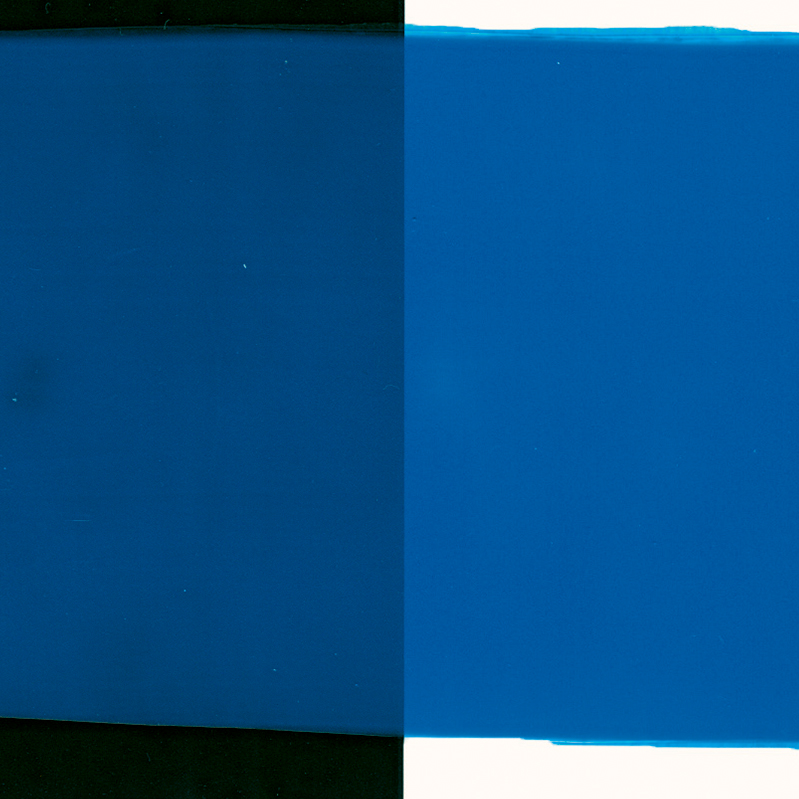


Turquoise tinted blue. Good basis for marine colours.


Turquoise tinted blue. Good basis for marine colours.







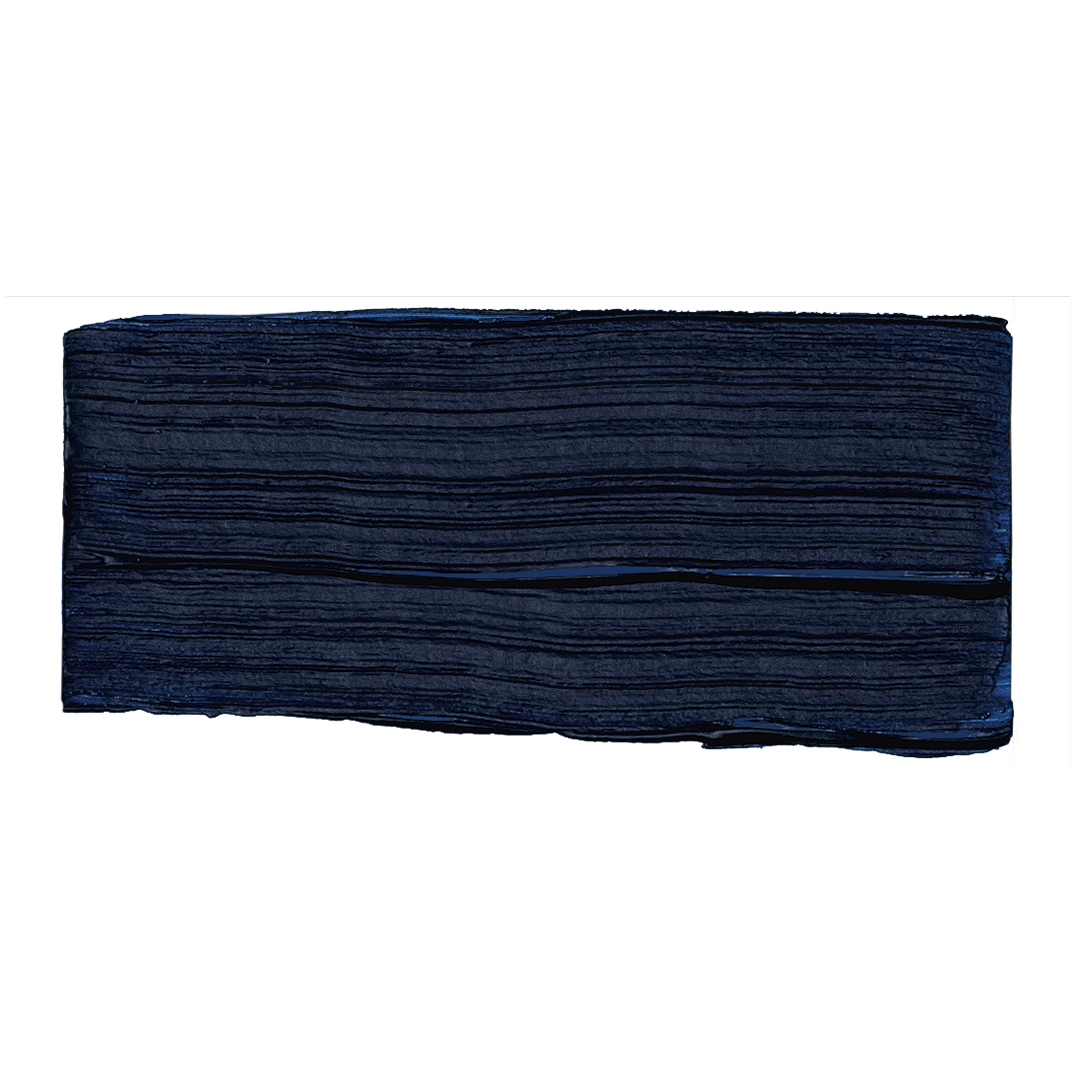





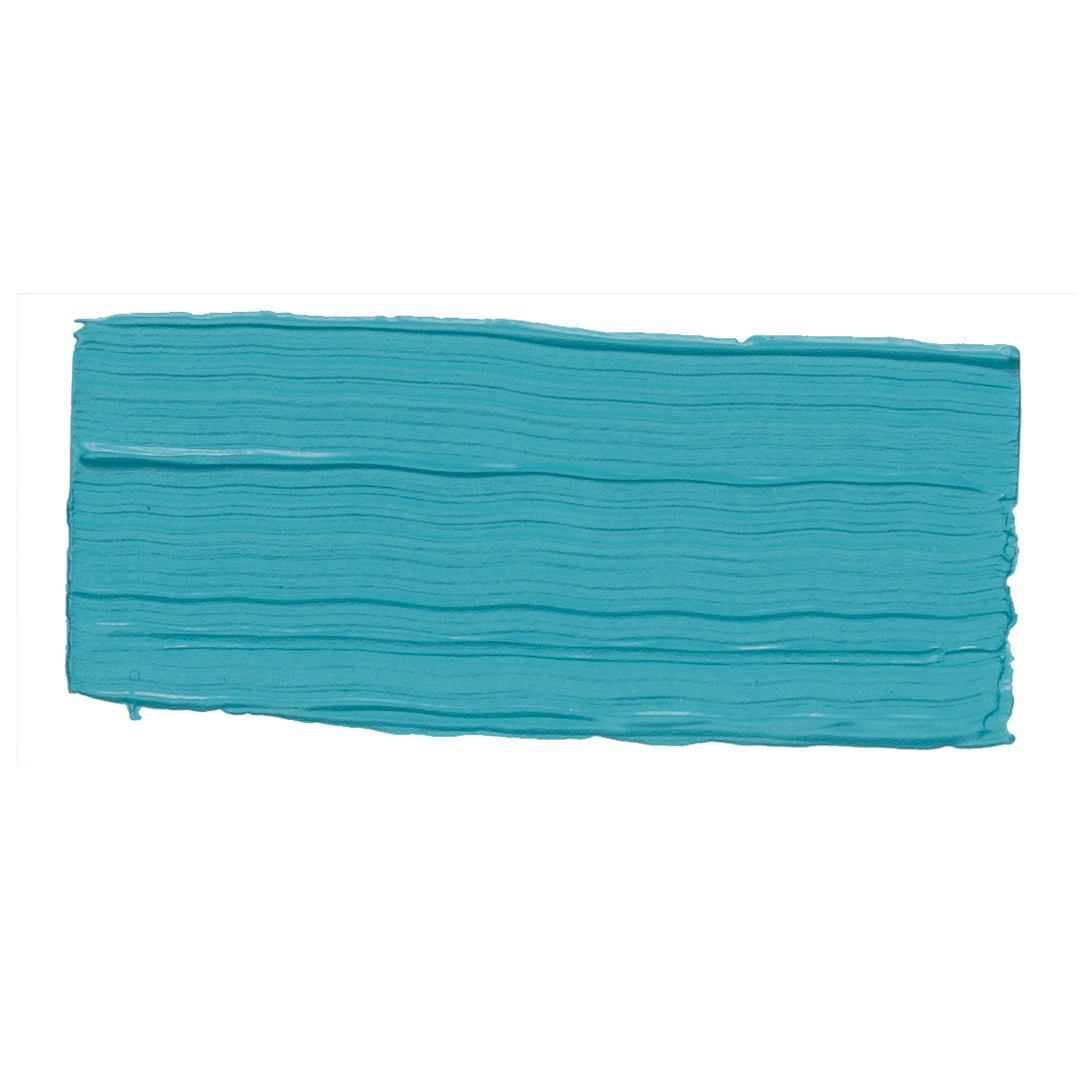





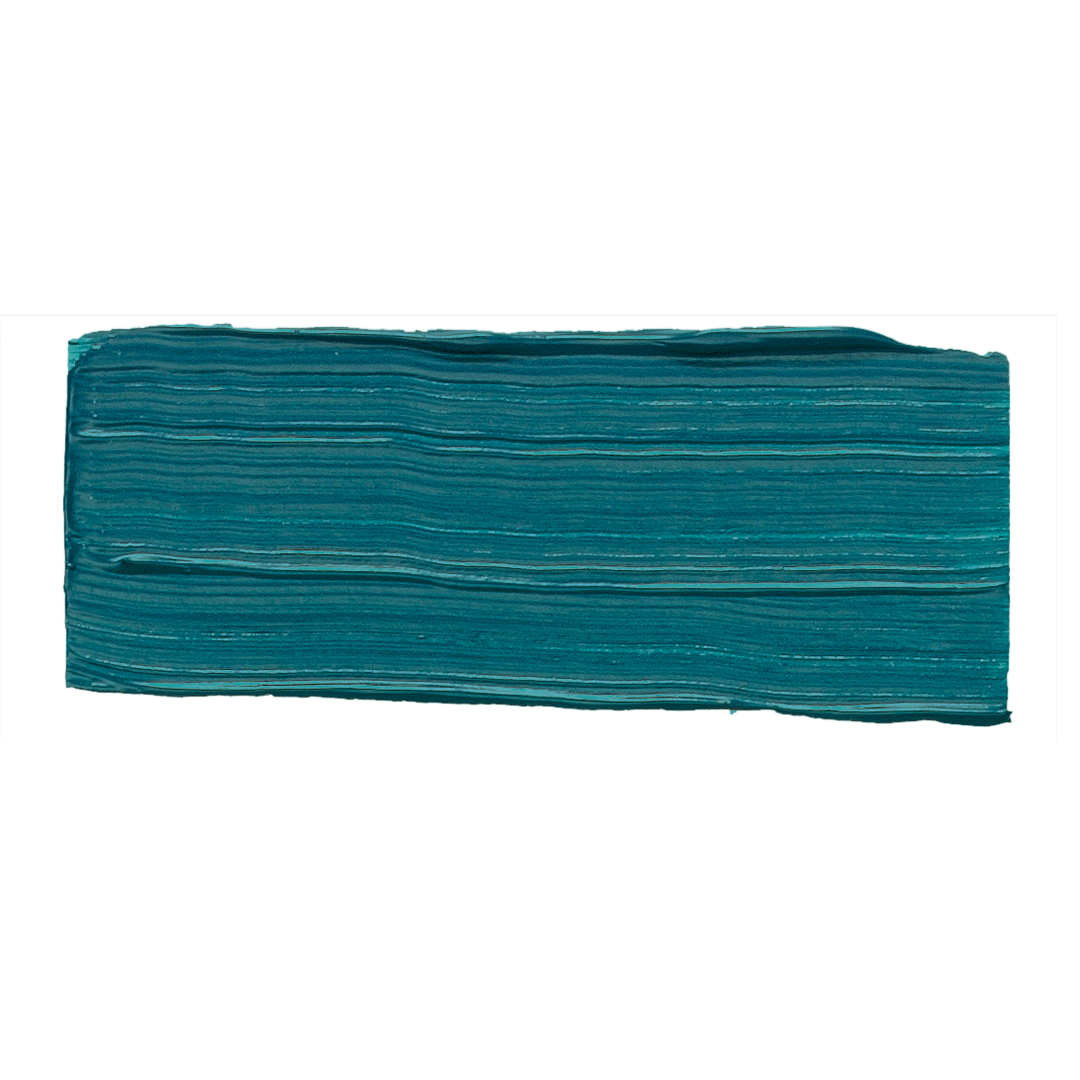


Deeply coloured, yellowish base red. With Cadmium yellow medium (211) ideal for mixing an opaque orange series.


Deeply coloured, yellowish base red. With Cadmium yellow medium (211) ideal for mixing an opaque orange series.




Bluish deep green. Similar to the tourmaline (dark blue greenish tinge).
*2025 renamed colour; previously known as “Turmaline green”.


Bluish deep green. Similar to the tourmaline (dark blue greenish tinge).
*2025 renamed colour; previously known as “Turmaline green”.




Glowing green with a blue tinge; similar to an emerald green and the classic viridian.


Glowing green with a blue tinge; similar to an emerald green and the classic viridian.










More yellow and lighter than the phthalo green blue shade (563).


More yellow and lighter than the phthalo green blue shade (563).




Medium green with high tinting power.
*2025 renamed colour; previously known as “Oriental green”.


Medium green with high tinting power.
*2025 renamed colour; previously known as “Oriental green”.










Brilliant green shade. More neutral than vanadium green (568).
*2025 renamed colour; previously known as “Permanent green light”.


Brilliant green shade. More neutral than vanadium green (568).
*2025 renamed colour; previously known as “Permanent green light”.
















In the full shade, strong green, translucent yellowish, basis for variations of plant green colour shades.


In the full shade, strong green, translucent yellowish, basis for variations of plant green colour shades.




Semi-transparent, brown-tinted natural earth.


Semi-transparent, brown-tinted natural earth.
















Basic colour for mixing various skin colours.
*new colour number 2025, previously “787”.


Basic colour for mixing various skin colours.
*new colour number 2025, previously “787”.




Ochre shade, light yellow with a green tinge.
*2025 renamed colour; previously known as “Naples yellow light”.


Ochre shade, light yellow with a green tinge.
*2025 renamed colour; previously known as “Naples yellow light”.

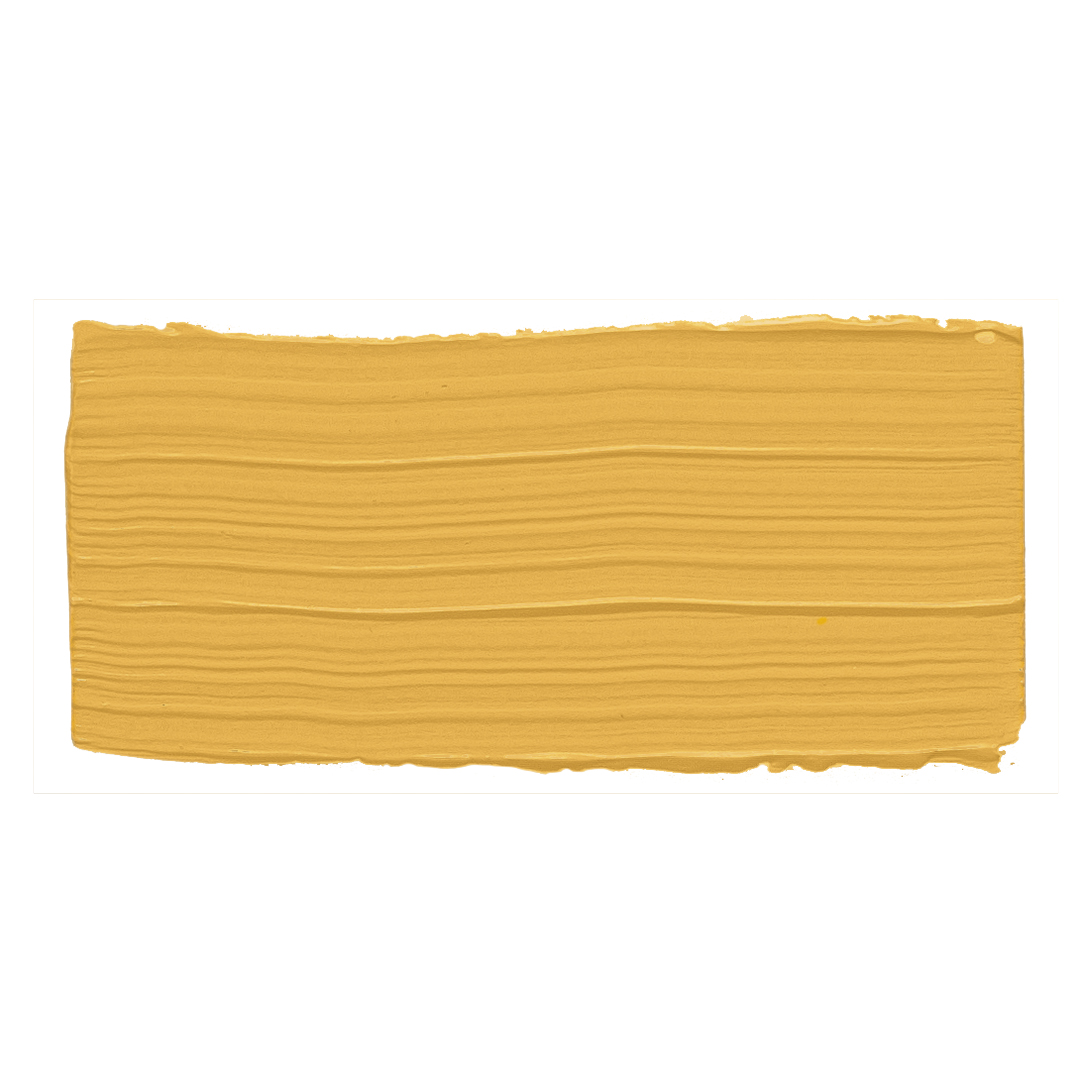


Deeper and more reddish than Naples yellow light (672).
*2025 renamed colour; previously known as “Naples yellow deep”.


Deeper and more reddish than Naples yellow light (672).
*2025 renamed colour; previously known as “Naples yellow deep”.




Brilliant, ochre-like yellow tone. Special effect in glazing.
*2025 renamed colour; previously known as “transparent golden yellow”


Brilliant, ochre-like yellow tone. Special effect in glazing.
*2025 renamed colour; previously known as “transparent golden yellow”




Slightly brownish yellow ochre; obtained by a synthetic, hydrated iron oxide.


Slightly brownish yellow ochre; obtained by a synthetic, hydrated iron oxide.




Semi-transparent, strong and yellow-tinted brown. Obtained from French natural mineral.


Semi-transparent, strong and yellow-tinted brown. Obtained from French natural mineral.




French natural earth imitates the original from Italy. Deeper and warmer shade than Yellow ochre (675).


French natural earth imitates the original from Italy. Deeper and warmer shade than Yellow ochre (675).










Brilliant dark brown. Perfectly suited for glazes.


Brilliant dark brown. Perfectly suited for glazes.

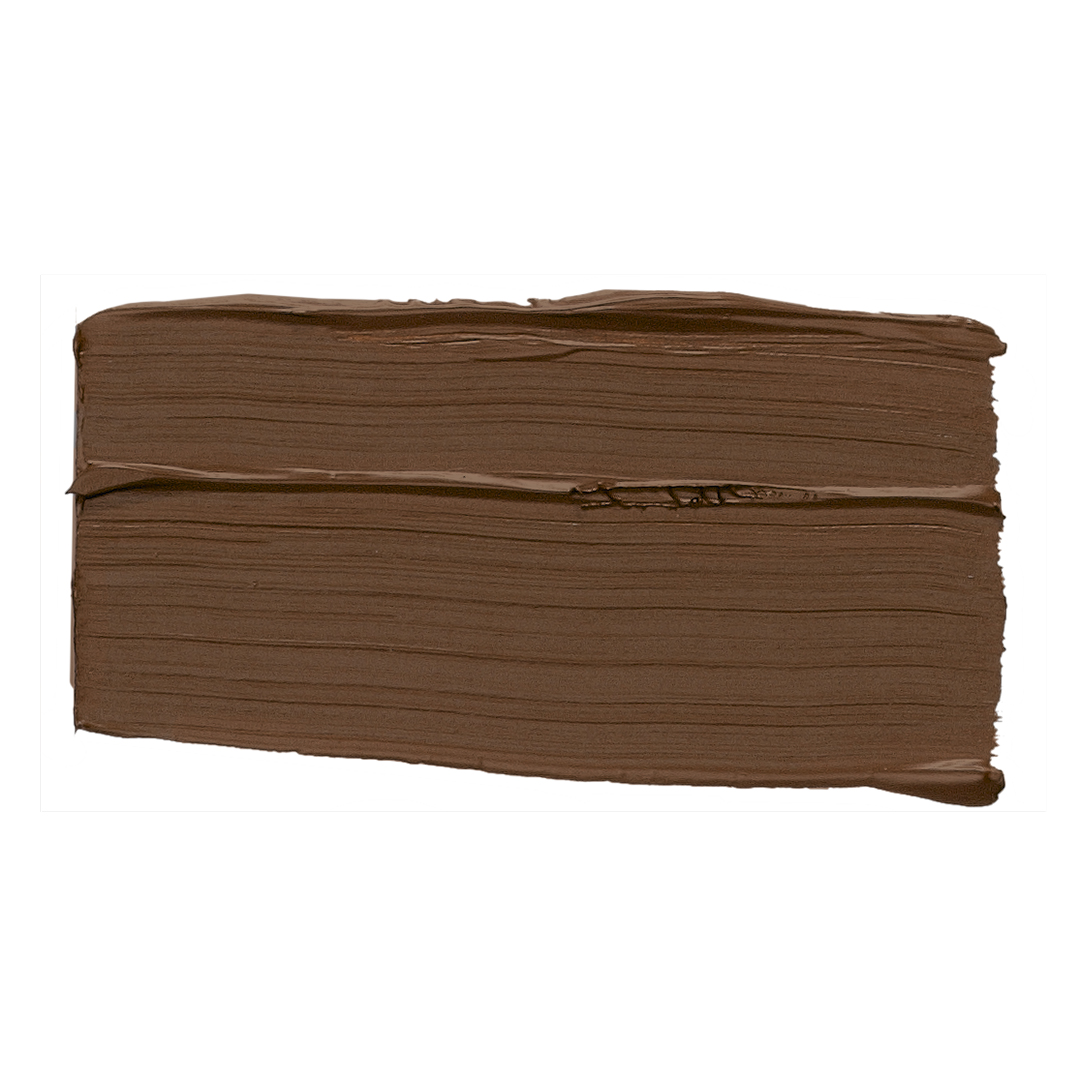


Medium brown, slightly dull shade.
*2025 renamed colour; previously known as “brown iron oxide”.


Medium brown, slightly dull shade.
*2025 renamed colour; previously known as “brown iron oxide”.




Obtained from a French natural mineral, produces a slightly dull deep brown.


Obtained from a French natural mineral, produces a slightly dull deep brown.




Strong, deep brown. Similar to Sepia if used in glazes.


Strong, deep brown. Similar to Sepia if used in glazes.

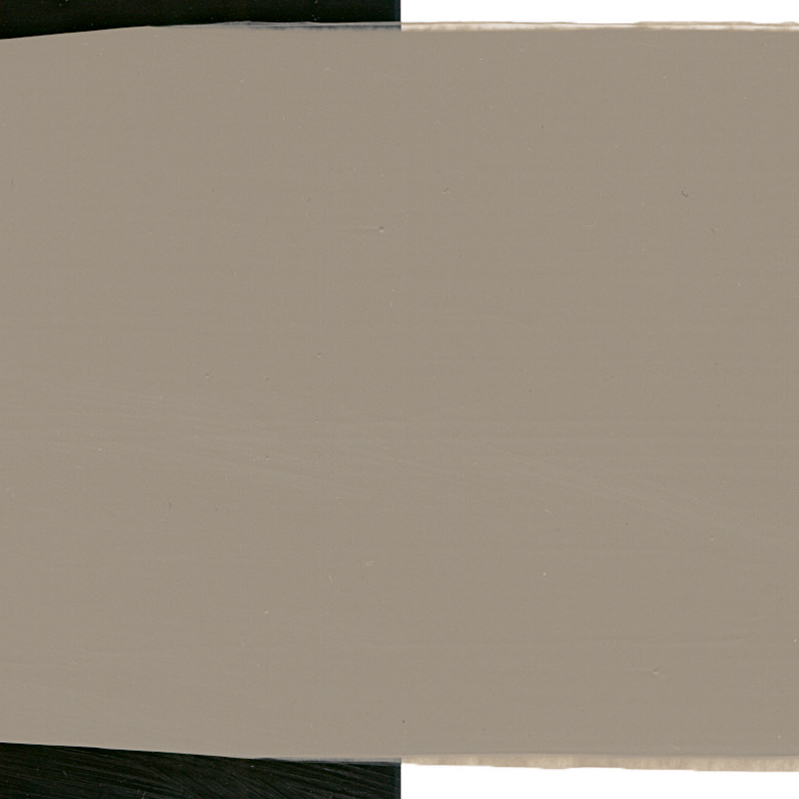


Warm light grey.
*2025 renamed colour; previously known as “pale grey”


Warm light grey.
*2025 renamed colour; previously known as “pale grey”
















Deep black-green in full tone, greenish grey tone for glazing and in brightenings.
*2025 renamed colour; previously known as “Atrament black”.


Deep black-green in full tone, greenish grey tone for glazing and in brightenings.
*2025 renamed colour; previously known as “Atrament black”.




























Gold with yellow tinge based on mica, coated with metal oxide.


Gold with yellow tinge based on mica, coated with metal oxide.




Gold with greenish tinge based on mica, coated with metal oxide.


Gold with greenish tinge based on mica, coated with metal oxide.




Neutral gold based on mica, coated with metal oxide


Neutral gold based on mica, coated with metal oxide






Videos





